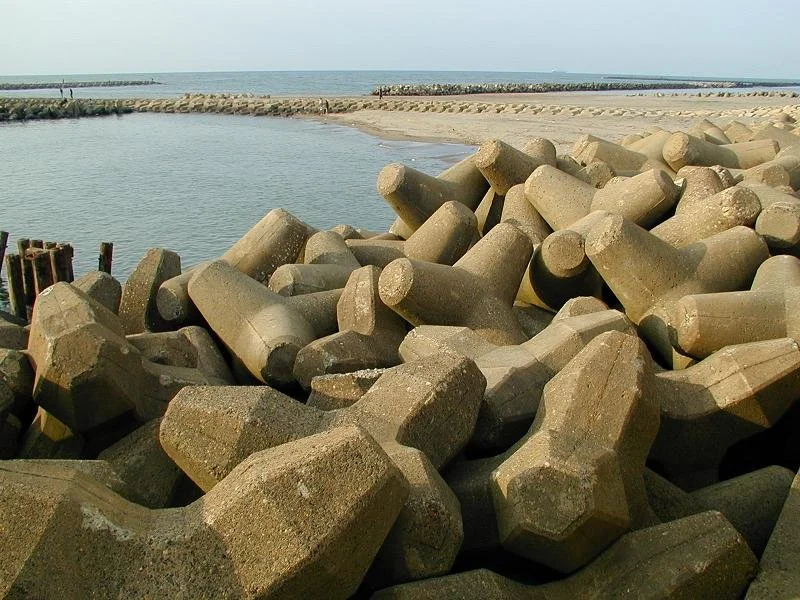Flowing Water
Shiraito Falls, Shizuoka Prefecture
September 1, 2023
In my solitude you haunt me
With reveries of days gone by
In my solitude you taunt me
With memories that never die
-Billie Holiday
It’s late summer and we’re at the Lady Killigrew Café at the Book Mill, a used book store in Montague, Massachusetts. The Saw Mill River is full and flowing fast beside the old mill building. There was once a dam and mill race here, but those were dismantled and removed long ago. Only rapids remain, and the air is filled with the sound of rushing water.
The first beautiful place of flowing water that I saw in Japan was Shiraito Falls (白糸の滝) on the slopes of Mt. Fuji in Shizuoka Prefecture. The name means “white thread falls” because of the waterfall’s resemblance to hanging threads of silk. It’s a lovely place, but like many places of beauty in Japan, it’s a popular attraction, and there were many people snapping pictures of the falls. Japanese tourists are usually well-mannered, so the loveliness of the scene was not compromised by the presence of people. I realize now that their presence is part of the scene. The presence of other people, even when they take entirely too many photos of people hamming it up for the camera and making the “peace sign” (actually a “V” for victory sign), vouches for some aspect of the place’s meaning: Humans consider the place beautiful, so it is.
Japan is mountainous. Everywhere I’ve gone in Japan is either within sight of mountains or in the mountains themselves. The word for mountain, yama (山) is embedded in dozens of family names: Yamamoto, Motoyama, Momoyama, Yamazaki, Yamagata, etc. Where in English we say “forest fire,” Japanese say yamakaji (山火事), “mountain fire.” Rain falls on these mountains and water courses rapidly down their slopes, feeding fast-flowing rivers and innumerable streams. In the mountains, the sound of flowing water is everywhere. It is this abundant water that is channeled, impounded, and held in place by levees to make up rice paddy fields (水田 suiden, or 田んぼ tanbo).
Humans in many parts of the world struggle with a lack of water; for centuries, Japan’s challenge has been to control the flow of a superabundance of water, whether it’s rainwater rushing down mountainsides to the plains, or the sea in the form of tsunamis that engulf and sweep away villages and towns on the coasts. Throughout Japan, rivers are channeled and contained in walls of concrete. Ocean shores are lined with concrete “tetrapods” scattered like a giant’s game of jacks run amok. Villages, towns, and cities are crisscrossed by irrigation and flood control canals.
Tetrapods for coastal protection
There was a small canal in front of my first apartment in Kurashiki, Okayama Prefecture. That sounds picturesque; it was not. The canal was a squared concrete ditch, more culvert than canal, that carried slow-moving murky tea-colored water that served as a breeding ground for mosquitoes and some hardy species of crayfish. The water generated no sound as it flowed almost imperceptibly. When I lived in Kurashiki 40 years ago, there were still many rice fields, so the water probably served the fields, or perhaps the ditch was intended for flood control.
There is nothing specific about the Book Mill or its outbuildings that calls Japan to mind, but there are few places I know of that to me are more evocative of Japan. It’s probably the river and the sound of water that carry my thoughts to Japan. The sound of water as it flows over and between the rocks of the rapids induces in me a feeling of solitude, a sense of being alone with thoughts and impressions. It is not a feeling of loneliness, although that unwelcome awareness of being alone and isolated from others always lurks in the shadow of solitude. Rather it’s the sense of quietude that is induced by the sound of the rapids.
People often ask me what I like about being in Japan. I say, “It’s the quiet.” The quiet? How could that be? Japan is a sonic assault! Noise everywhere: traffic noise, live and recorded announcements blaring from loudspeakers, the ceaseless hum of machinery, the cacophony of pachinko parlors, the buzz of human voices. And yet, I found quietude in all that sound. Even now, after working with the Japanese language for over 40 years, it still requires intentional effort on my part to listen in on conversations between Japanese people, conversations not directed toward me. The same goes for much of the random noise of cities and towns: I have to be intentional about decoding its various meanings. After all these years, although Japan has become far more familiar to me, it is still largely unfamiliar, and I remain a stranger.
The sound of the Saw Mill River flowing past the Book Mill is like my experience of Japan: rhythm overlays rhythm and it is impossible to hear the individual beats. I am wrapped in undulating sheets of white noise which rise and fall in a complex soundscape that is foreign yet somehow comforting. Enveloped in that curtain of sound, my thoughts rise to the surface and become known to me.
Saw Mill River at the Book Mill, Montague, Massachusetts


